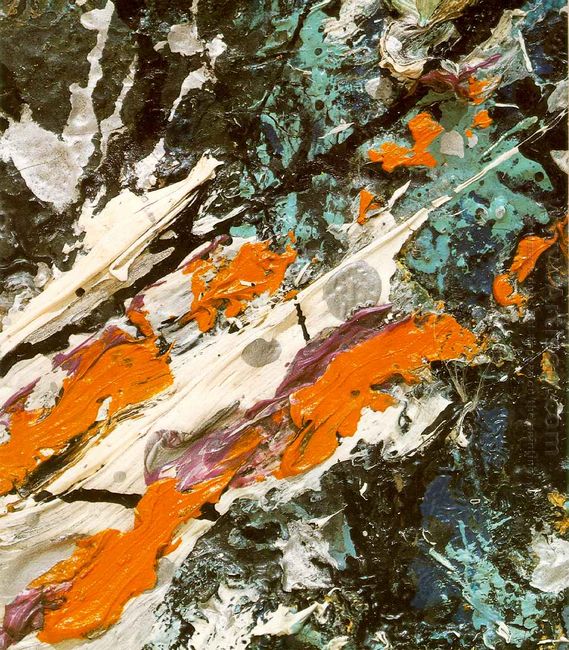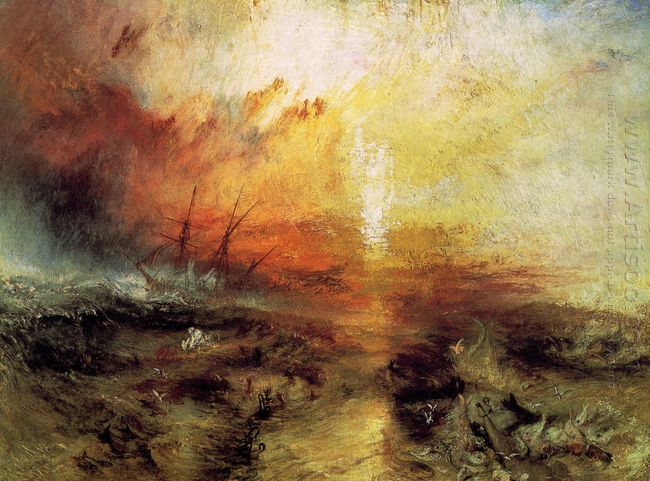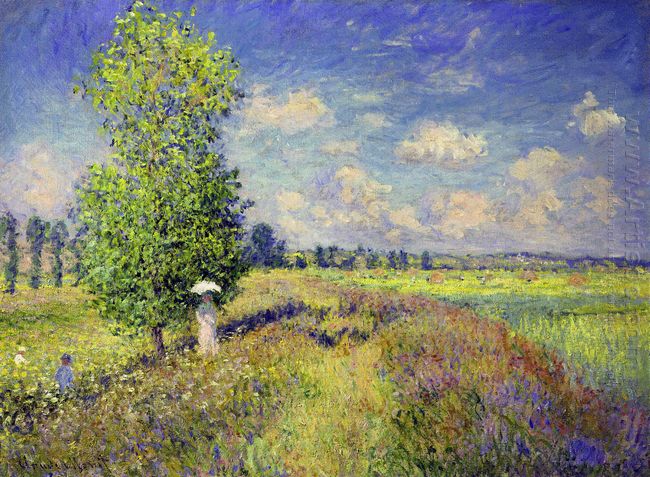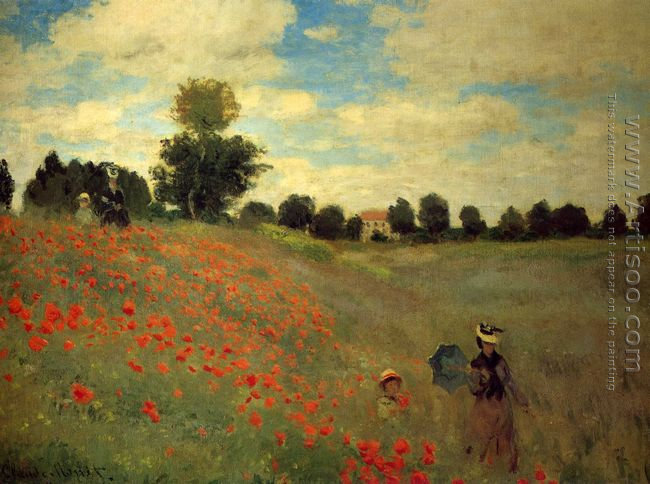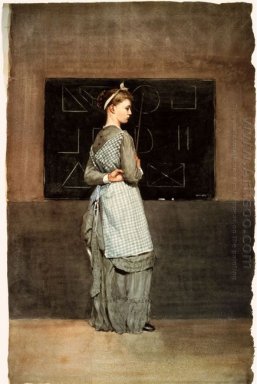Action painting was also called action, which belonged to the abstract expression art. The style was widespread from the 1940s until the early 1960s, and was closely associated with abstract expressionism (some critics have used the terms "action painting" and "abstract expressionism" interchangeably).
A comparison was often drawn between the American action painting and the French tachisme. North Carolina Black Mountain College in the United States has always adopted the most radical tests with no fixed courses. Among the incoming avant-garde ideas from Black Mountain College and Europe, there was a surrealist automation theory of art. The Spanish painter Milo has made this theory into practice. He put the paint splashed on the canvas, then dipped in the colors of the brush and moved it around the canvas. This technique of automatism directly inspired action painters in the United States. And French Masson Be Milo's stroke was more relaxed. The whole canvas showed a burst of lines and a discharge of fibrillation color. They had a direct effect on Gorki and Pollock in the United States.
In this period, existentialist philosophy was very popular among the American painters. They believed that it was very necessary to take the risk of failure to reach a new height. Therefore they made the experiments boldly. Abstract expressionist painters advocated to completely get rid of all the traditional aesthetics and disregard any social significance. They advocated the random and spontaneous personal performance to create a kind of unconscious automatic painting. The representative painter was Pollock.

